Melanoma is deservedly the most feared of the skin cancers, with nearly 3000 New Zealanders diagnosed every year. It is the most common form of cancer in 20–39 year olds; can occur in teenagers but is rare in children. If not caught in its early stages melanoma can be a killer. This cancer begins in the pigment-producing cells called melanocytes. Melanin is responsible for suntanning, which develops in response to UV exposure. Sometimes melanocytes grow into clusters and form harmless moles, which are usually round or oval and under 5mm in diameter.
Melanoma occurs when melanocytes clump together and become cancerous or malignant. While melanomas can occur anywhere on the body, in men they are most likely to be found on the trunk, head or neck; and in women on the trunk and lower legs. While fair-skinned Caucasians are most at risk, dark-skinned people can also develop melanomas, often in the lighter pigmented areas of the palms of the hands, soles of the feet or under fingernails. Melanomas can also occur in unusual places such as in the eye and in the bowel and just to make life difficult can appear as white lesions, ie. have no pigment at all.
Undiscovered, a melanoma can gradually enlarge and disperse cancerous cells into the lymphatic system and lymph nodes, from where the cancer can spread to other parts of the body. This is called metastasis, and the risk of this happening increases as the melanoma grows under the skin surface. Melanomas are graded in this way, from level 1 to 5, which is a predictor of the likelihood of metastasis.
1. Know your risks
Anyone can get melanoma, but certain factors may increase the likelihood of developing this cancer:
- UV light exposure – a history of lots of sunbathing and sunburn, especially in childhood.
- Presence of lots of moles.
- Having fair skin, lots of freckles and blonde or red hair.
- A family history of melanoma. Risk increases if a first degree relative has had melanoma.
- If you have previously had a melanoma you are at increased risk of a second melanoma.
- Increased occurrence with aging.
- Gender – men have a higher incidence than women.
2. Know what you are looking for
It’s important to know what a melanoma is likely to look like so that you can seek medical attention at an early stage. Melanoma can develop in an existing mole, or can develop as a new mole. Check existing moles regularly and look for changes in the size, shape or colour of the mole. Affected moles may become hard, lumpy, scaly, or ooze, itch or bleed; pain however is not a feature of cancerous moles.
3. ABCD checklist
How do you recognise melanoma in a new or existing mole? You use the ABCD checklist:
A is for asymmetry – be concerned when part of a mole is different in thickness and colour to the rest of the mole.
B is for border – ragged, notched or blurred mole borders are more likely to represent trouble.
C is for colour – melanomas can be a variety of colours including brown, black, tan, white, grey, red and blue. Often the colour is uneven throughout the mole.
D is for diameter – check existing moles for any change in diameter.
E is for elevation – take note of any moles which suddenly appear to rise further above the skin, when they were previously flat.
If you have a lot of moles you have an increased melanoma risk, and it is worth checking these annually with your GP, or a dermatologist or with a mole map. This exact recording of your moles allows changes to be spotted early. Everyone should check their own moles regularly. These checks are best done after showering, and in the daylight. Use a full-length mirror in front of you and a hand-held mirror so that you can check all parts of your body. Check for new moles and changes to existing ones. Remember to check your scalp (someone else will need to do this); between your buttocks and your genitals.
4. Prevention is best
Melanoma is increasingly common. This is partly due to increased exposure to ultraviolet sunlight as a result of our thinning ozone layer. Sun-related skin damage is a direct risk factor for melanoma. You are also at more risk if you have fair skin or have two or more close relatives with melanoma. Severe blistering sunburn as a child also increases your melanoma risk. Preventing melanoma begins with commonsense in the sun. Always use a quality sunblock or sunscreen (preferably waterproof or water resistant) with an SPF (sun protection factor) of 30. Apply liberally 30 minutes before venturing outside, and reapply regularly, especially after swimming. Wear a tee-shirt or special sun UV resistant swim top, a hat and sunglasses.
5. If you have melanoma
If you have melanoma the only effective treatment is surgery. Caught in its earliest stages, when cells are still confined to the mole, melanoma can be cured by surgical removal of the mole, and a wide border around it. If the cancer has already spread to lymph nodes, these will be removed if possible. Additional treatment with radiotherapy and/or chemotherapy is possible but not curative at this stage. In its most advanced state, the melanoma spreads to distant parts of the body. Called metastatic cancer, this is most likely to affect the lungs (70-80% of cases); the liver (54-77%) or the brain (36-54%). At this stage the treatment is palliative.






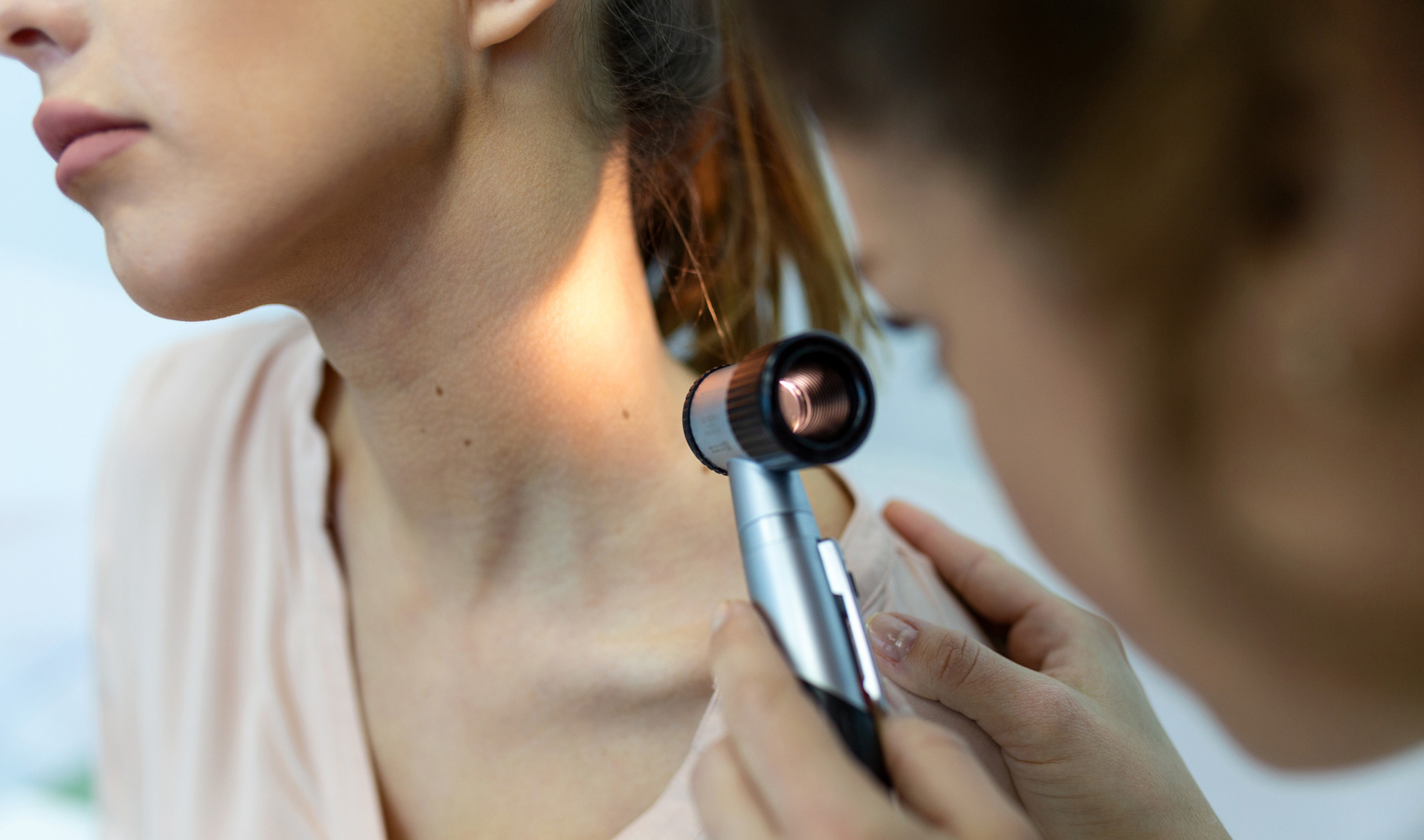
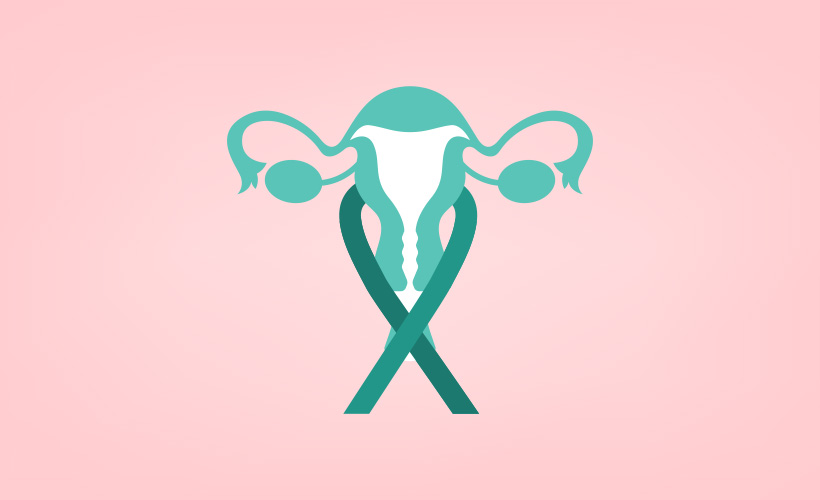
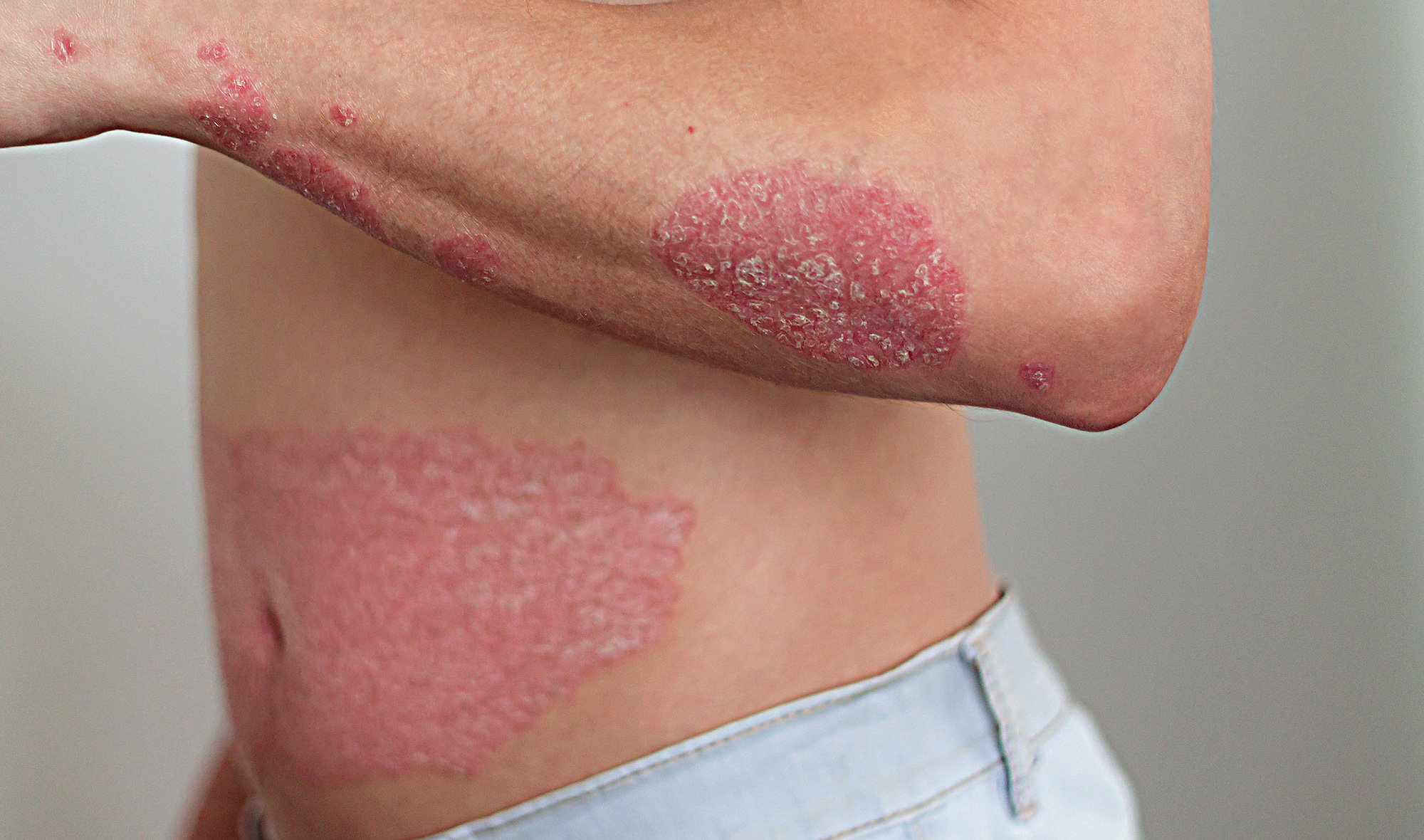
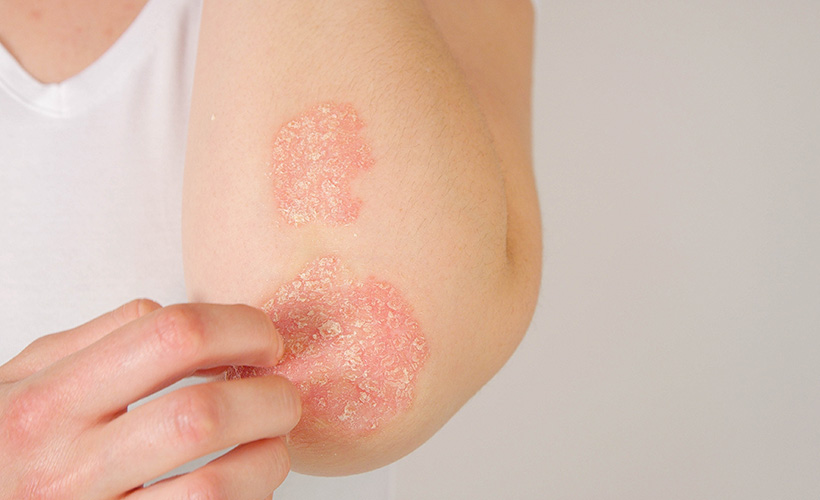
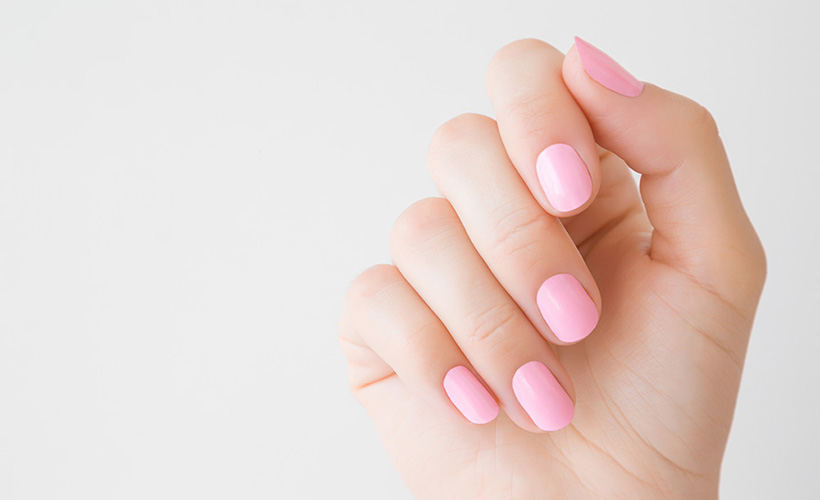






Community